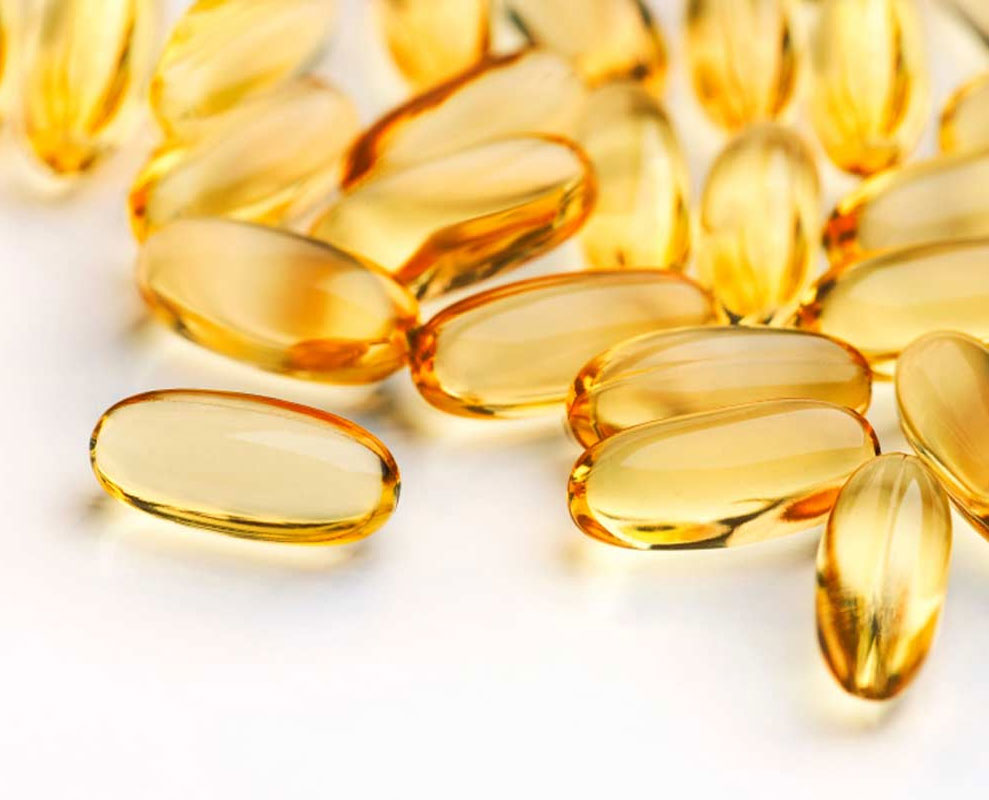Abstract
Vitamin E, a potent lipid-soluble antioxidant, found in higher concentration in immune cells compared to other cells in blood, is one of the most effective nutrients known to modulate immune function. Vitamin E deficiency has been demonstrated to impair normal functions of the immune system in animals and humans, which can be corrected by vitamin E repletion. Although deficiency is rare, vitamin E supplementation above current dietary recommendations has been shown to enhance the function of the immune system and reduce risk of infection, particularly in older individuals. The mechanisms responsible for the effect of vitamin E on the immune system and inflammation have been explored in cell-based, pre-clinical and clinical intervention studies. Vitamin E modulates T cell function through directly impacting T cell membrane integrity, signal transduction, and cell division, and also indirectly by affecting inflammatory mediators generated from other immune cells. Modulation of immune function by vitamin E has clinical relevance as it affects host susceptibility to infectious diseases such as respiratory infections, in addition to allergic diseases such as asthma. Studies examining the role of vitamin E in the immune system have typically focused on α-tocopherol; however, emerging evidence suggests that other forms of vitamin E, including other tocopherols as well as tocotrienols, may also have potent immunomodulatory functions. Future research should continue to identify and confirm the optimal doses for individuals at different life stage, health condition, nutritional status, and genetic heterogeneity. Future research should also characterize the effects of non-α-alpha-tocopherol vitamin E on immune cell function as well as their potential clinical application.


